
High-mounted wind turbine rotors less harmful for red kites
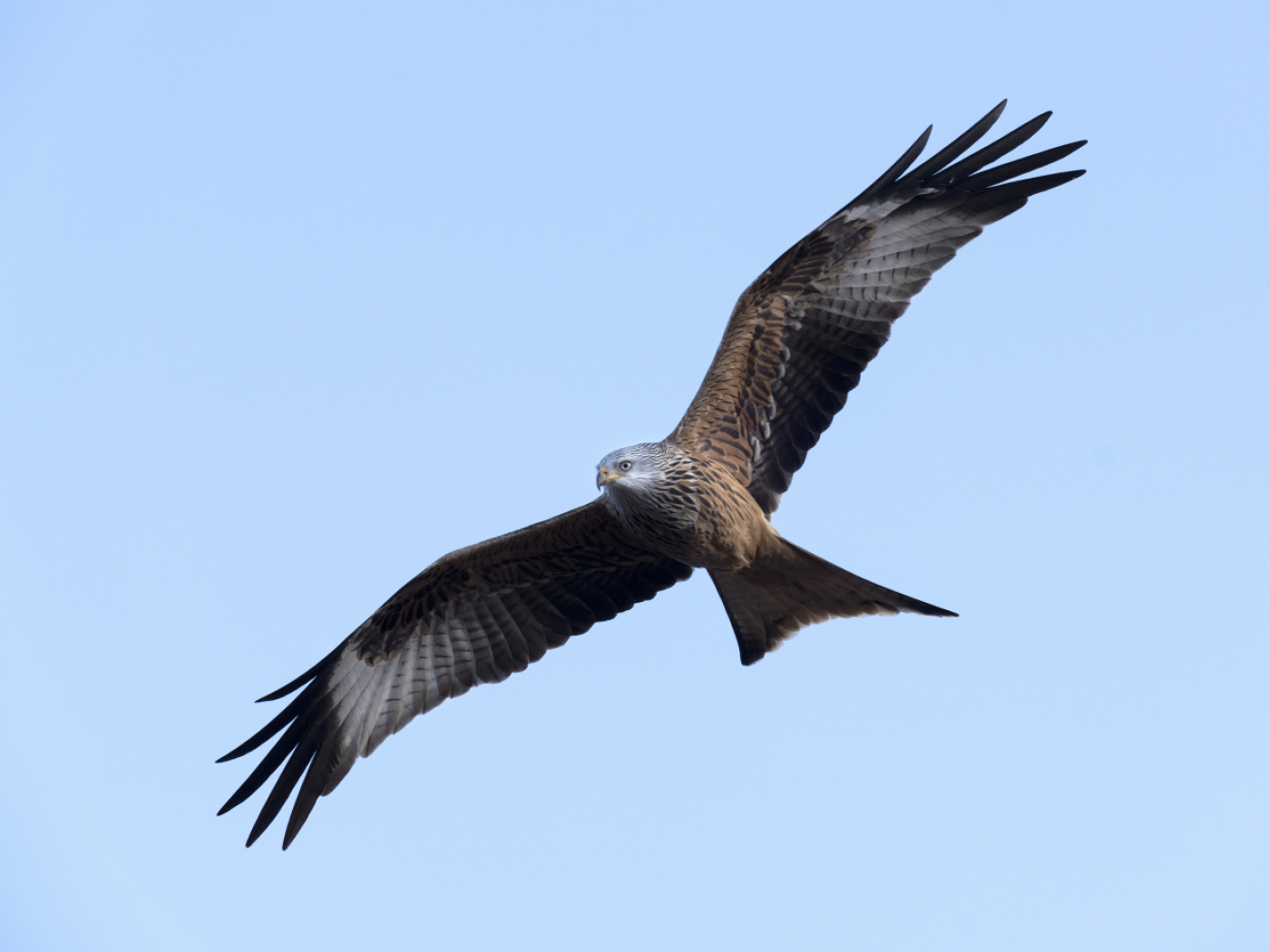
Wind turbines with high-mounted rotors are safer for red kites. This is shown by a study for which around 3,000 birds from Switzerland, Austria, Germany and other countries were fitted with GPS trackers and observed for 11 years.
+ Get the most important news from Switzerland in your inbox
The findings could be used in the planning of new wind turbines, according to a statement from the Swiss National Science Foundation (SNSF), which co-financed the study.
Of the 3,000 red kites tracked over the eleven years, 41 birds died in collisions with wind turbines. These included four of the 500 or so birds tracked by the Swiss Ornithological Institute. These were killed by wind turbines in France, Spain and Germany. No such deaths were recorded in Switzerland itself.
According to the SNSF, this is probably due to the comparatively low number of wind turbines in Switzerland. Almost half of the collisions occurred in the north of Germany, where the number of wind turbines is particularly high. A further 12 collisions took place in Spain and France.
Autopsy on birds
To determine the cause of death, the researchers recovered and autopsied birds that had died in the vicinity of a wind turbine wherever possible. This enabled them to confirm a collision with a wind turbine as the more certain cause of death for 25 of the birds that died. The remaining 16 were classified as very likely or possible.
The team also analysed near-collisions using the GPS data. This enabled them to show that the risk of collisions decreases significantly when the rotors are mounted higher. With larger rotors, however, the risk increases considerably – an increase in diameter of 25.5 metres increased the probability of a collision fivefold.
“In the future, the number of wind turbines in Europe will increase many times over. This could make this risk more significant,” said Martin Grüebler, Head of Ecological Research at the Swiss Ornithological Institute.
Translated from German by DeepL/mga
We select the most relevant news for an international audience and use automatic translation tools to translate them into English. A journalist then reviews the translation for clarity and accuracy before publication.
Providing you with automatically translated news gives us the time to write more in-depth articles. The news stories we select have been written and carefully fact-checked by an external editorial team from news agencies such as Bloomberg or Keystone.
If you have any questions about how we work, write to us at english@swissinfo.ch

In compliance with the JTI standards
More: SWI swissinfo.ch certified by the Journalism Trust Initiative

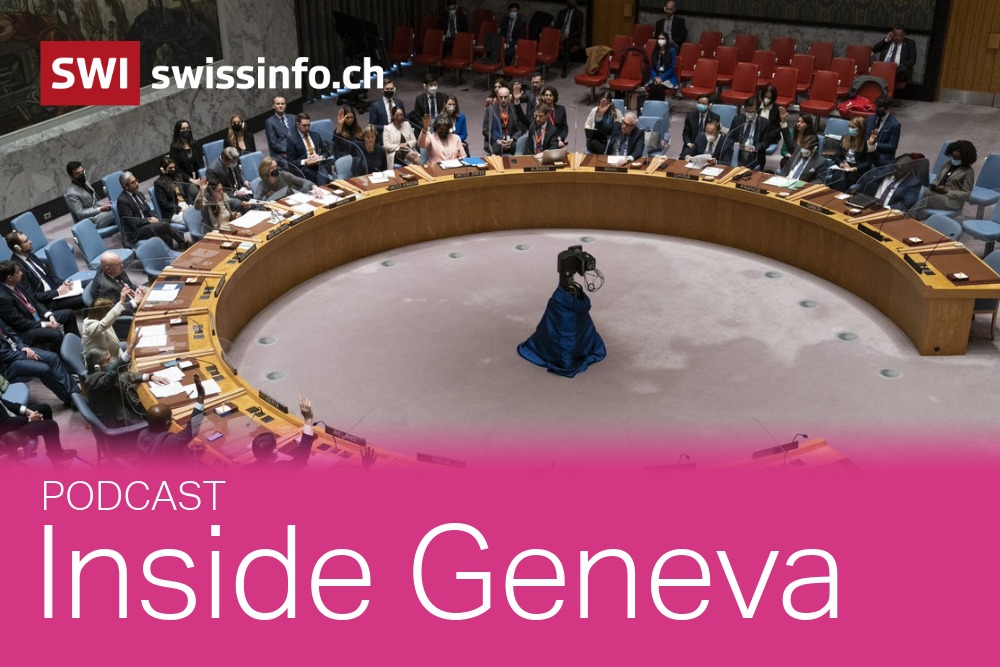













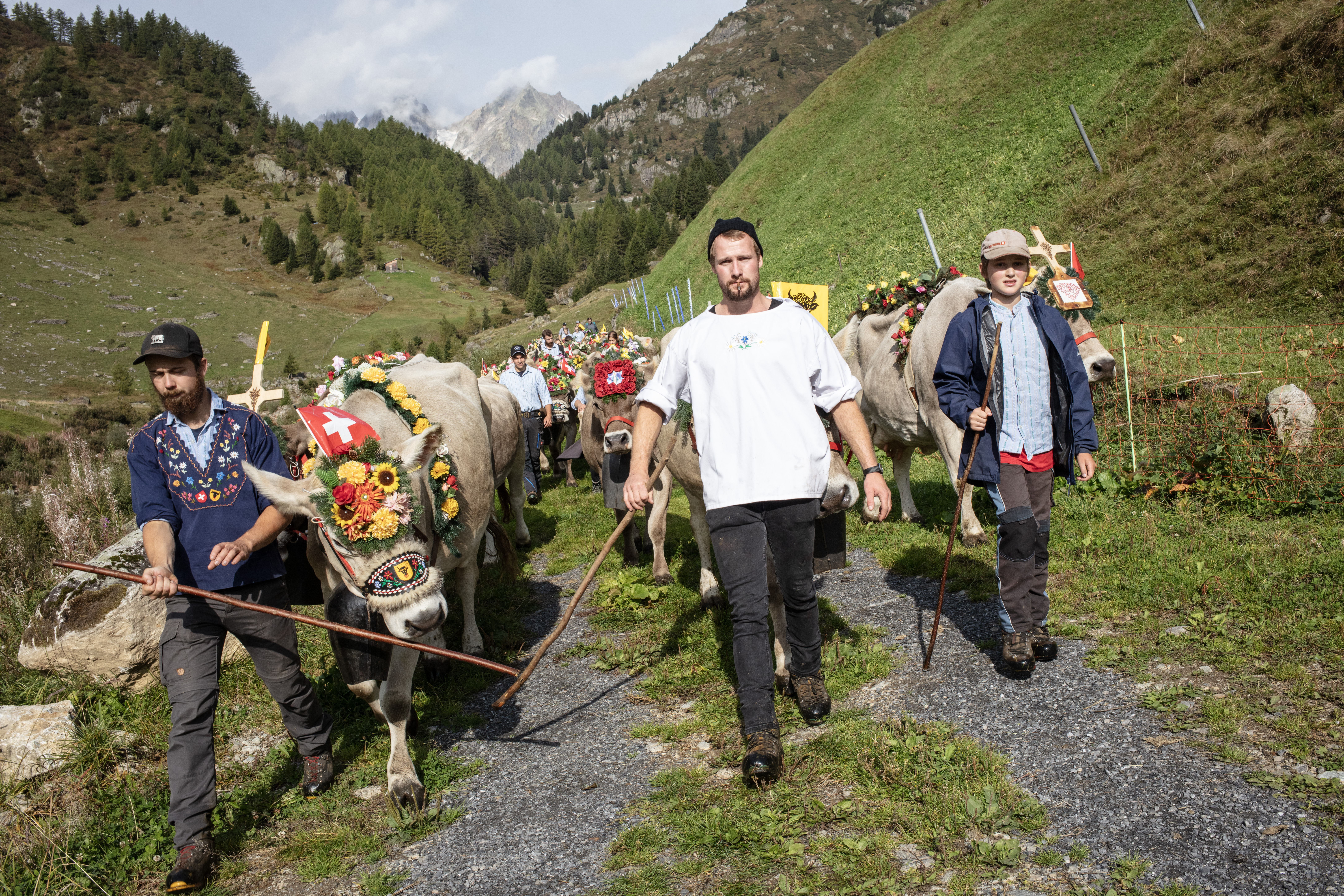
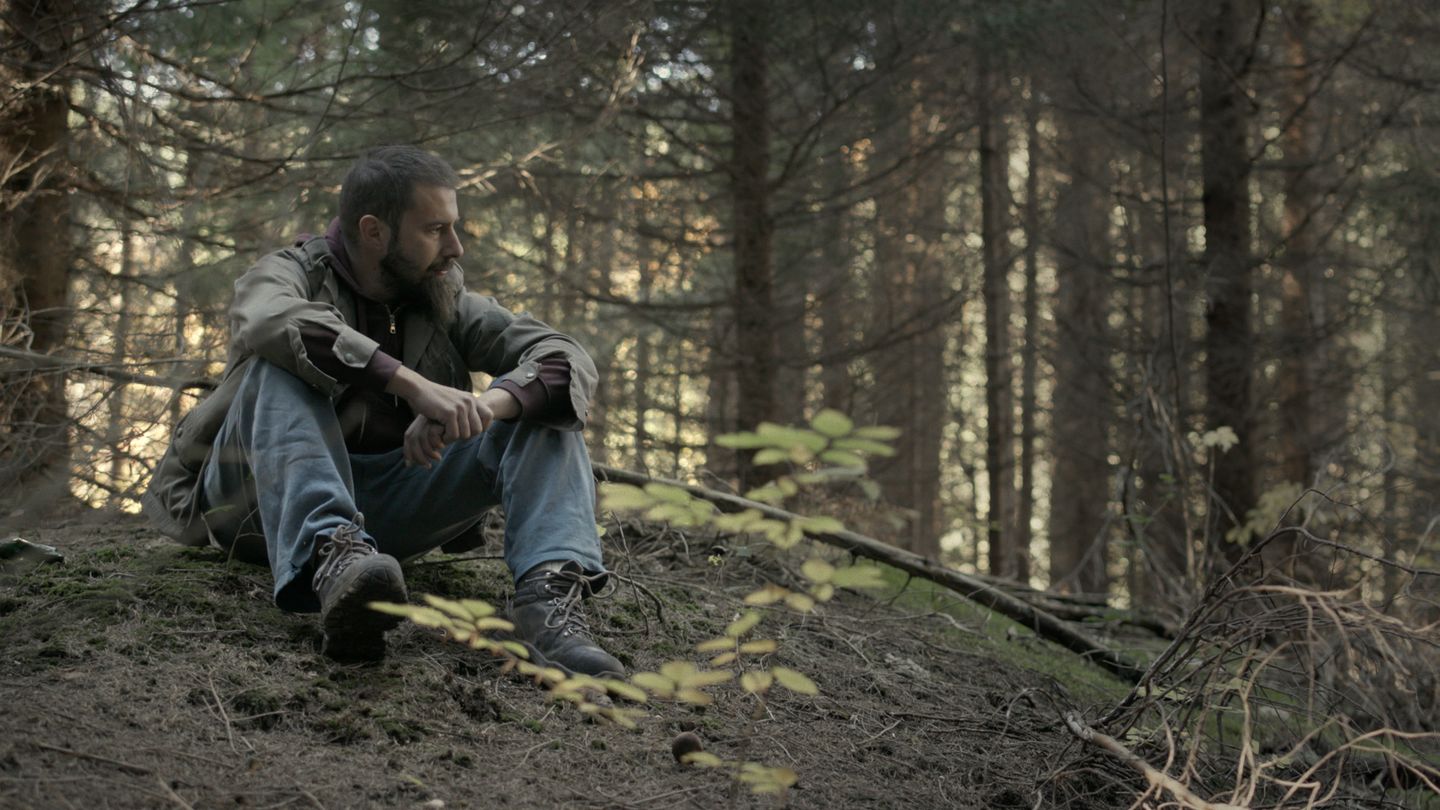









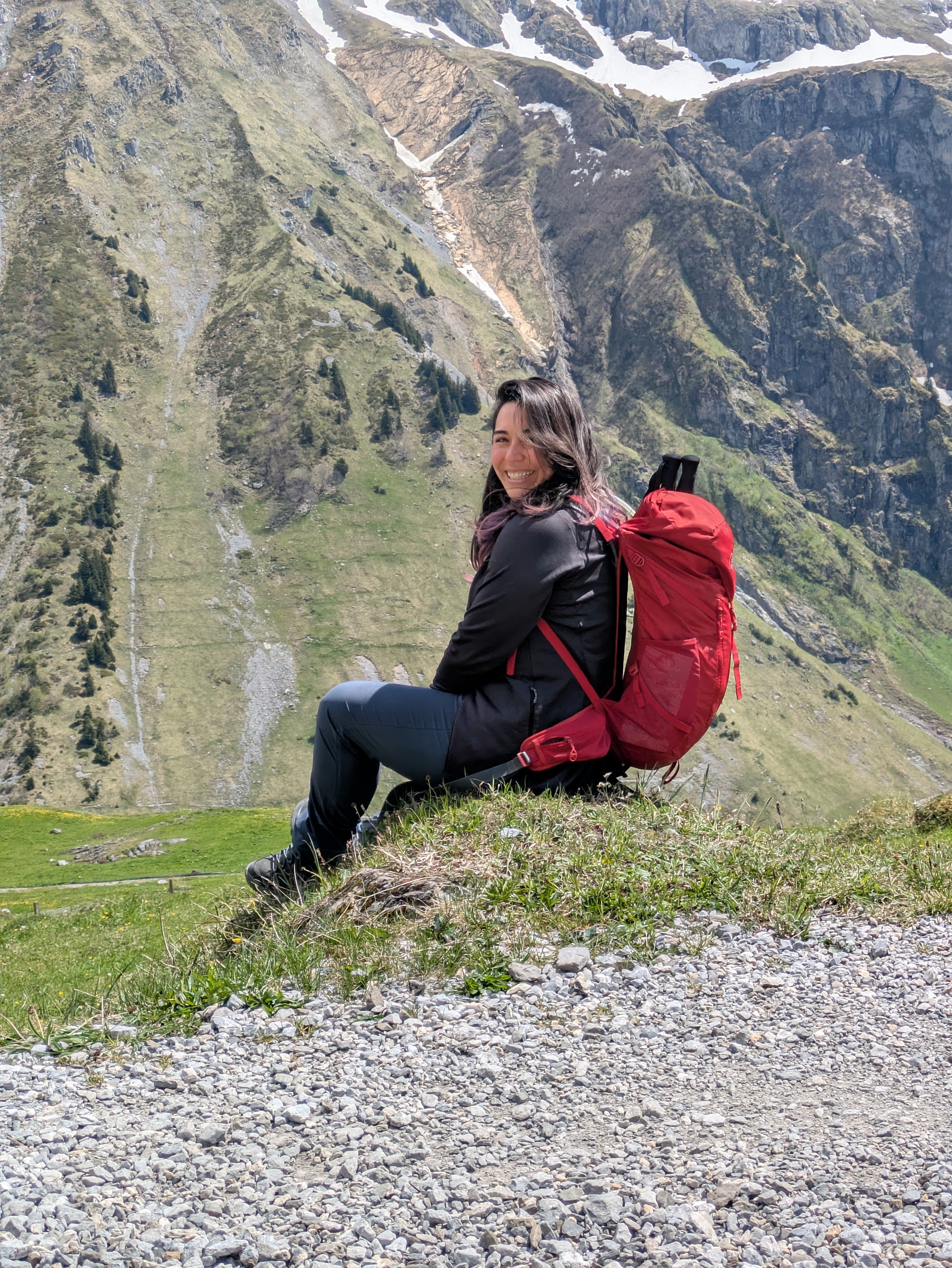

You can find an overview of ongoing debates with our journalists here . Please join us!
If you want to start a conversation about a topic raised in this article or want to report factual errors, email us at english@swissinfo.ch.